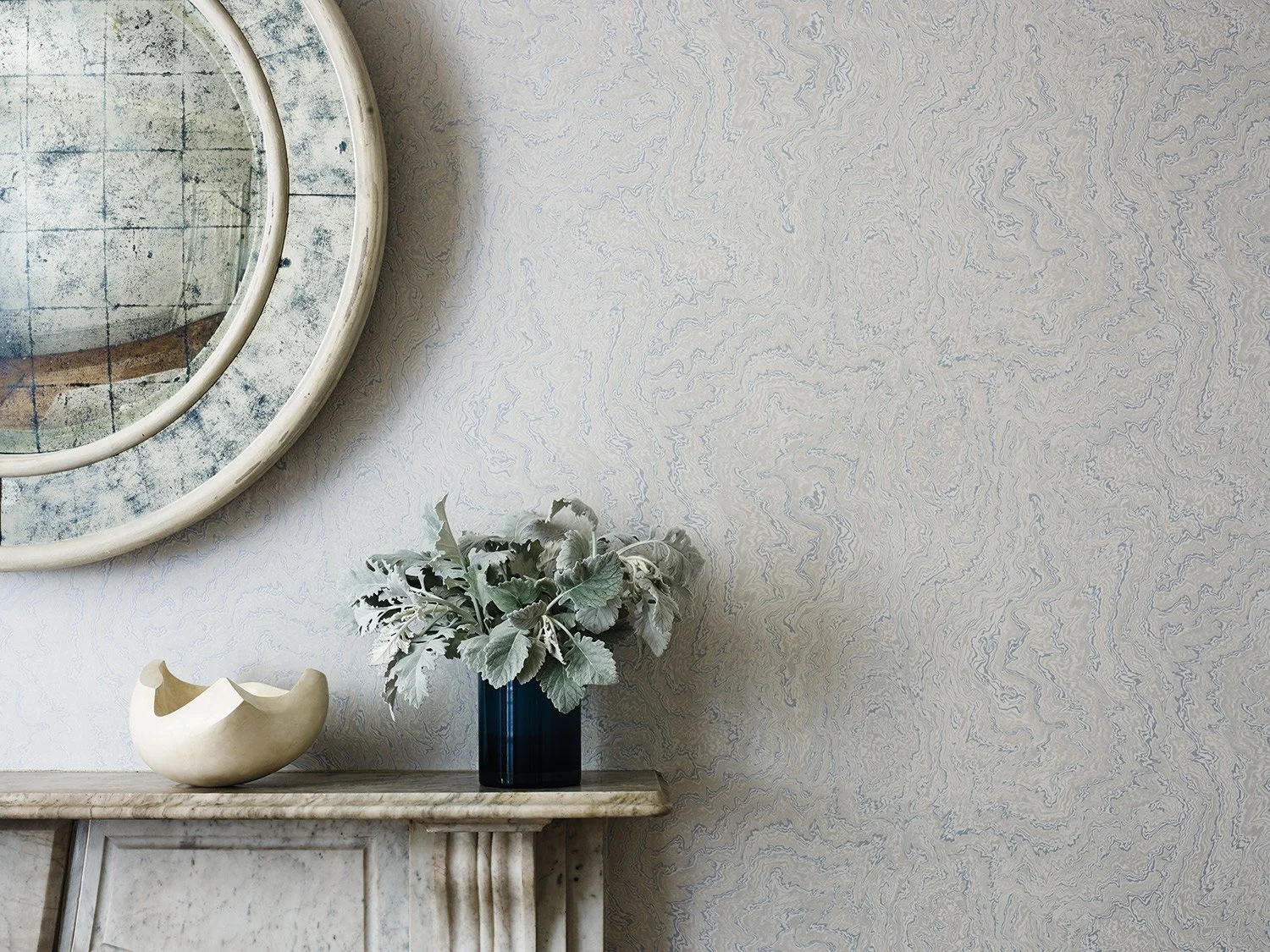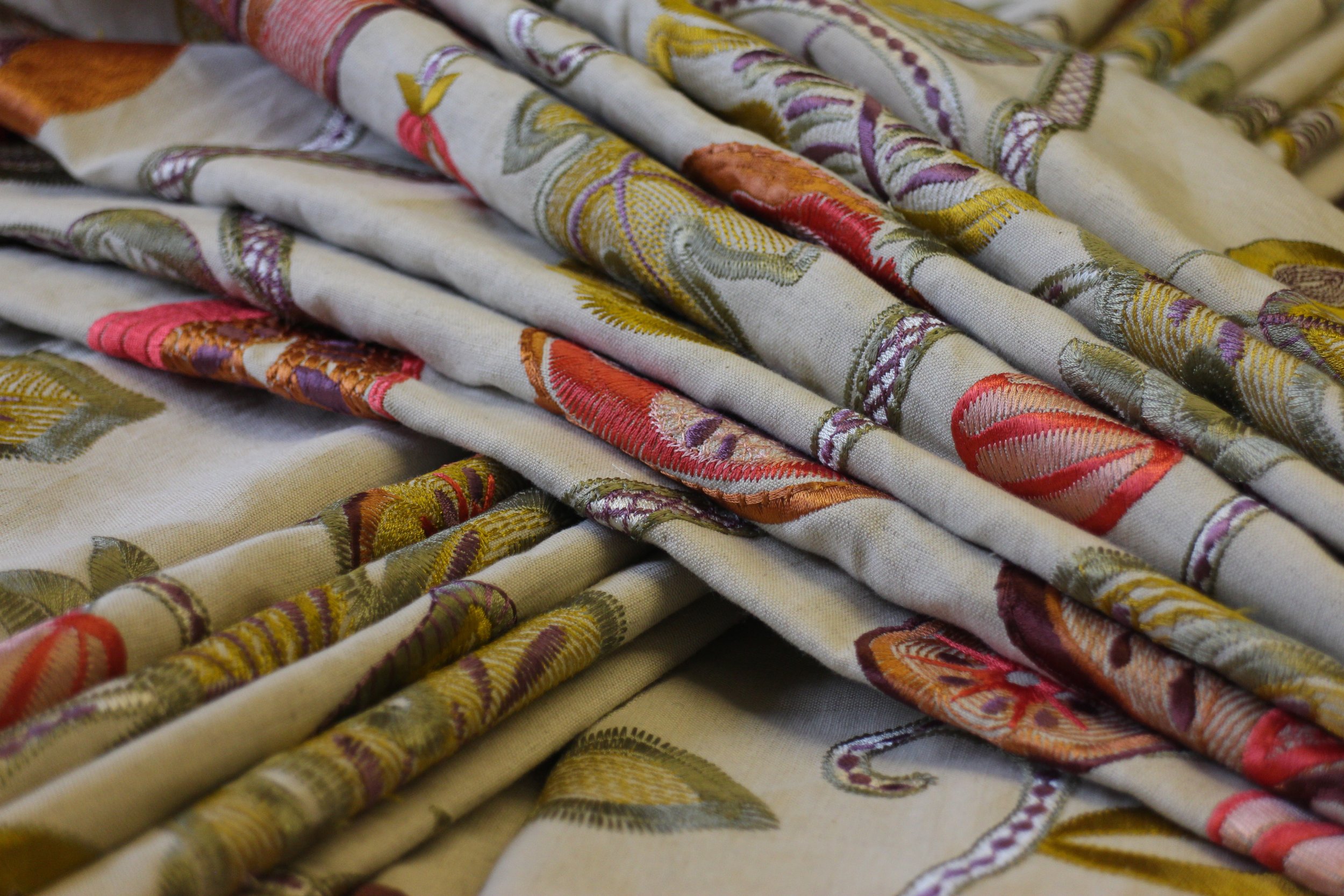How to Choose the Perfect Made-to-Measure Curtains: A Step-by-Step Guide
/Selecting the right curtains can be a transformative decision for any room. While off-the-shelf options are readily available, they often fall short in providing the ideal fit, finish, and aesthetic. Made-to-measure curtains, on the other hand, offer a bespoke solution tailored to your space, style, and practical needs.
In this guide, we will walk you through the key steps involved in choosing the perfect made-to-measure curtains—covering everything from measurements and fabric choices to lining options and installation tips.
Step 1: Define the Purpose of Your Curtains
The first step is to understand what role your curtains will play in the room. Is their main function to provide privacy, block out light, regulate temperature, or simply serve as a design element?
For bedrooms, blackout lining may be essential to ensure restful sleep, whereas in living spaces, you might prioritise light-filtering options that add ambience while maintaining privacy. Defining the purpose will narrow down your options and guide the fabric and lining choices later on.
Expert insight: “Curtains should be considered part of the architecture of a room, not just an accessory,” says interior designer Emma Sims-Hilditch.
Step 2: Take Accurate Measurements
Precision is crucial when investing in made-to-measure curtains. Begin by measuring the width of your curtain track or pole, not the window itself. For fullness and proper draping, your curtain width should generally be 1.5 to 2.5 times the width of the pole, depending on the desired look.
Next, determine the drop—this is the length from the top of the track or pole to where you want the curtains to end. Popular lengths include just below the windowsill, to the floor, or with a slight puddle effect for a more luxurious appearance.
Tip: Always use a metal tape measure for accuracy and double-check all dimensions.
Step 3: Choose the Right Fabric
Fabric selection is central to both the performance and appearance of your curtains. Heavier fabrics such as velvet or wool are excellent for insulation and light-blocking, while lighter materials like cotton, linen, or voile create a softer, more relaxed atmosphere.
Consider how the fabric will behave when hung—some materials drape beautifully, while others may appear stiff. Texture, weave, and colour will also influence how the curtains contribute to your room's overall aesthetic.
A recent study by the British Institute of Interior Design found that homeowners who choose natural fabrics are 20% more likely to be satisfied with their curtain longevity and appearance over time.
Step 4: Select a Heading Style
The heading refers to the top finish of your curtains and affects how they hang and fold. Popular options include:
Pencil Pleat: Traditional and versatile, suitable for most tracks and poles.
Eyelet: A modern choice offering neat, even folds; requires a curtain pole.
Double or Triple Pinch Pleat: A more tailored look with structured folds; ideal for formal spaces.
Choosing the right heading will depend on the desired visual effect and compatibility with your curtain hardware.
Step 5: Decide on Lining and Interlining
Lining adds body to your curtains and protects the fabric from sunlight damage. There are different types of lining to consider:
Standard Lining: Offers basic protection and light filtration.
Blackout Lining: Ideal for bedrooms or media rooms.
Thermal Lining: Helps to reduce heat loss and improve energy efficiency.
Interlining—an additional layer between the main fabric and lining—provides extra insulation and creates a fuller look, especially in colder homes or period properties.
Energy fact: According to the Energy Saving Trust, well-lined curtains can reduce heat loss through windows by up to 15%.
Step 6: Coordinate with Your Décor
Your curtain design should complement the existing interior scheme. Consider matching or contrasting with upholstery, wall colour, or flooring. Neutral tones provide versatility, while patterned or bold fabrics can become a focal point.
Remember, curtains cover a significant surface area and can influence the perception of space. Lighter colours can make a room feel larger, while darker shades add cosiness and intimacy.
Design tip: If in doubt, request fabric swatches to see how materials and colours look in natural and artificial lighting throughout the day.
Step 7: Plan for Installation
Once your curtains are ready, professional installation can ensure a flawless finish. Proper hanging is essential to achieving the intended drape and alignment.
Check that your curtain poles or tracks are securely fitted and match the weight of the curtains. For larger windows or heavier fabrics, reinforced brackets and fixings may be necessary.
Final thought: A well-installed curtain not only looks better but also functions more effectively, whether it’s for blocking light or retaining heat.
In Summary
Made-to-measure curtains offer the precision, flexibility, and quality that standard options often lack. By carefully considering the purpose, taking exact measurements, selecting appropriate materials, and paying attention to details like lining and heading, you can achieve a result that enhances your home both aesthetically and practically.
Investing in bespoke curtains is not merely a design choice—it’s a way to elevate your living environment in a way that reflects your needs and personal style.






